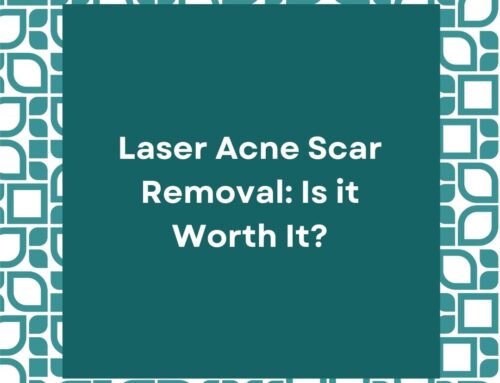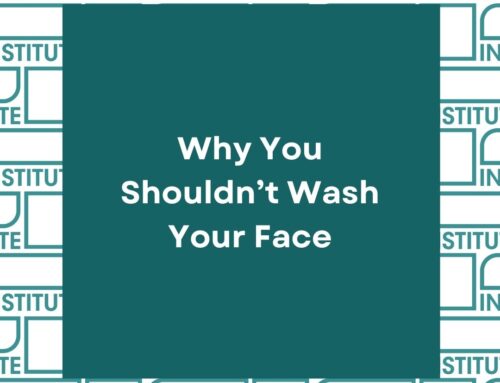The Science of Sun Protection: A Guide to Healthy Skin
Protecting our skin from the sun’s harmful rays is important for maintaining a healthy, youthful appearance. Much like understanding your skin type, understanding sun protection–and the steps you can take to achieve it—is vital to maintaining healthy skin and preventing sun-related skin conditions. In this article, we will explore the intricacies of sun protection, from understanding SPF values to the importance of reapplication.
SPF Explained: How It’s Calculated and What It Means
SPF, or Sun Protection Factor, is a number that indicates the degree of sunburn protection a product offers. To put it simply, if you use an SPF 30 product, theoretically, it would take you 30 times longer to burn than if you were not wearing any sunscreen at all.
Here’s how it’s calculated:
- If it takes 10 minutes for your unprotected skin to start reddening, an SPF 30 sunscreen would prevent reddening for 300 minutes – 30 times longer.
- This means that SPF 30 filters about 97% of UVB rays, while SPF 50 filters around 98%.
However, it is essential to note that no sunscreen can block 100% of the sun’s rays. That’s where reapplication comes in!
The Difference Between UVA and UVB Rays
The sun emits two types of harmful ultraviolet rays: UVA and UVB. While both can harm your skin, they do so in distinctly different ways.
UVA Rays: These rays penetrate deeper into the skin and are responsible for premature skin aging and wrinkle formation. These rays can actually pass through window glass! That means whenever you are located near a window–whether it be in your home or in the car–it is important to make sure to sunscreen up.
UVB Rays: These are the primary cause of sunburn. Interestingly, this type of UV ray is blocked by window glass. UVB rays play a key role in the development of skin cancers.
To ensure comprehensive protection, it’s crucial to choose a “broad-spectrum” sunscreen that protects against both UVA and UVB rays. Doing so can best prepare you to take on those nasty sun rays.
Importance of Daily Sun Protection and Re-Application
While many of us apply sunscreen only when heading to the beach or during summer outings, daily sun protection is a must. In fact, more than once daily is key. Here’s why:
- Daily Exposure: Even on cloudy days, up to 80% of the sun’s harmful UV rays can penetrate your skin.
- Protection from Premature Aging: Daily sun protection can prevent premature aging, as sun damage accounts for about 90% of the skin’s aging. That means wearing sunscreen can actually inhibit those fine lines and wrinkles that cause us all to look older.
- Reduced Cancer Risk: Regular use reduces the risk of developing skin cancers, including melanoma.
As for re-application:
– Unfortunately, sunscreen wears off. Always reapply every two hours, or immediately after swimming or sweating. It’s generally good practice to apply (or re-apply) roughly 15 minutes before heading outside.
– To be fully protected, apply at least one ounce (a shot glass full) of sunscreen upon each application.
While our skin may love the warm feeling of sunlight, understanding and practicing sun protection is paramount. We understand that avoiding the sun altogether is a tough and unrealistic ask.
Chasing shadows all day isn’t the most thrilling pastime! Our sunny solution is simple: embrace that SPF and reapply for that sunshine glow.
Whether it’s SPF, UVA, or UVB, being informed will not only ensure the health and longevity of your skin but also its beauty.
Just like we at the Scar Healing Institute tailor skincare routines based on skin types, we stress the importance of a sun care routine that’s right for you. Protect, reapply, and enjoy the sun safely!
Schedule an Appointment
Scar Healing Institute
Scar Healing Institute is committed to developing the most effective treatments for scarring. Our team of scar revision specialists are continually inventing the latest technologies and formulas to deliver the best results for our patients.




